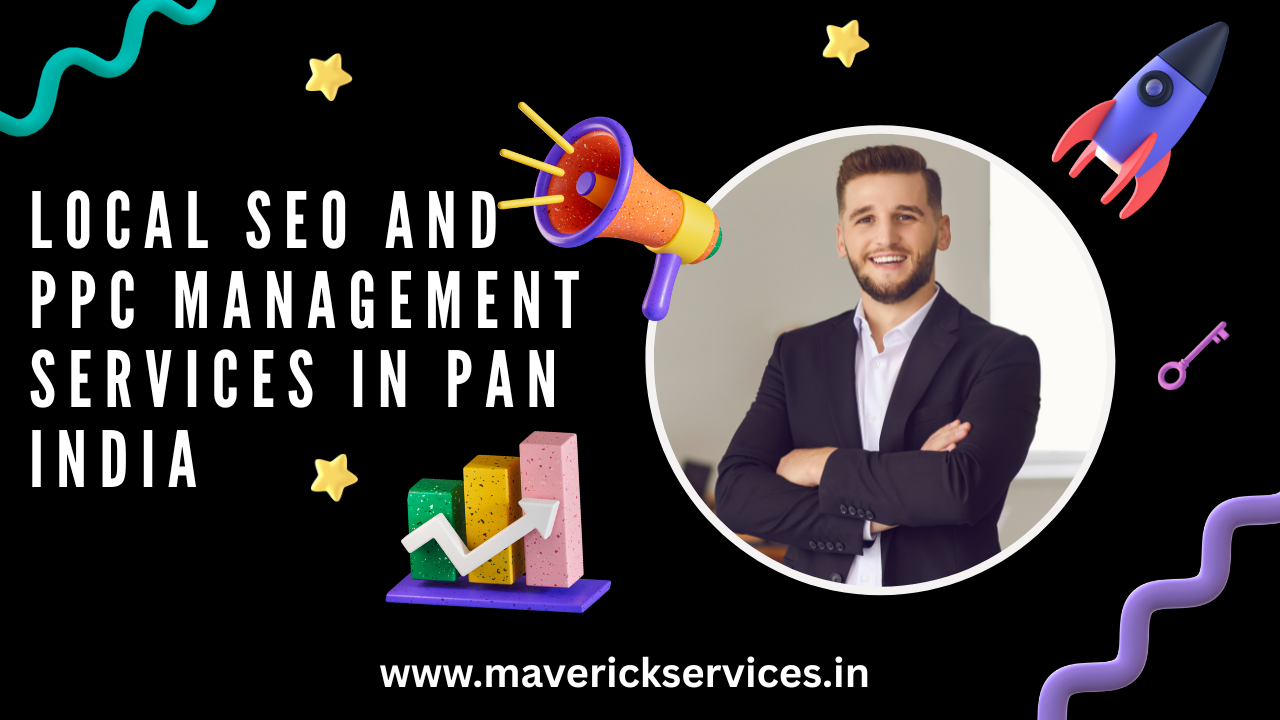In the digital age, being on Google’s first page is no longer a vanity goal—it’s a matter of business survival. Whether you operate an e-commerce site, a service-oriented website, or a blog, enhancing your SEO ranking can significantly amplify your visibility, traffic, and conversions.
In this step-by-step guide, we will take you through actionable strategies to optimize your website’s SEO. And if you are interested in seeking professional help, we will also explain how hiring the best SEO service in Delhi can bring success at a faster pace.
Step 1: Understand What SEO Really Means
Search Engine Optimization (SEO) is the method of optimizing your website to get noticed more by search engines such as Google, Bing, and Yahoo. The higher your website ranks on search results, the greater the chances of users clicking through.
SEO encompasses technical and creative aspects such as the use of keywords, quality of content, mobile-friendliness, speed of website, and backlinks.
Step 2: Begin with Keyword Research
Keywords form the pillar of SEO. They are the terms and expressions that people enter into search engines while searching for information.
How to Conduct Keyword Research:
Utilize free tools such as Google Keyword Planner, Ubersuggest.
Target long-tail keywords such as “cheap digital marketing services in Delhi” rather than simply “marketing”.
Find high-volume, low-competition keywords.
Insert your target keyword, e.g., best SEO service in Delhi, where needed.
> Tip: Avoid repetition of keywords. Keyword stuffing gets penalized by Google. It must be reader-friendly and natural.
Step 3: On-Page Optimization
On-page content and structure of your website contribute immensely to SEO. Emphasise the following main on-page components:
1. Title Tags: Ensure every page has a fresh and keyword-tagged title. Example: How to Improve SEO | Best SEO Service in Delhi
2. Meta Descriptions: Write a strong meta description (150–160 characters) containing your keyword.
3. Header Tags (H1, H2, H3): Utilise headers to structure your content. Your H1 must contain the key term or topic.
4. Image Optimisation: Use alt text to label images. This is useful for Google Image Search and accessibility.
5. Internal Linking: Link to internal pages on your site to keep users interested and lower bounce rate.
Step 4: Produce High-Quality, Relevant Content
Search engines favor websites that offer meaningful value to users. Keep your site fresh with useful, well-researched, and interesting content.
What Constitutes Good SEO Content?
Well-structured and informative
Includes keywords organically
Provides real solutions or insights
Original and plagiarism-free
Includes media such as images & Content Ideas
- “Top 10 SEO Tools for Beginners”
- “Why You Need the Best SEO Service in Delhi to Grow Your Business”
- “Case Study: How SEO Boosted Our Website Traffic”
Step 5: Create Quality Backlinks
Backlinks links from other sites to yours are a significant ranking factor. The more authoritative sites pointing to you, the more authoritative your site looks to search engines.
How to Obtain Backlinks:
- Write guest articles on industry blogs
- List your company in local directories
- Post your content on social media
- Partner with influencers or experts
- Contact industry-specific forums or communities
Step 6: Become Mobile-Friendly
More than 60% of searches are now performed on mobile phones, so Google takes a mobile-first indexing approach. Implement responsive design so that your site is nice and clean on phones, tablets, and computers.
Tools for Checking Mobile-Friendliness:
- Google’s Mobile-Friendly Test
- PageSpeed Insights
Step 7: Speed up Website
A quickly loading website enhances user experience and minimizes bounce rates. The ideal time to load your site is less than 3 seconds.
How to Speed Up Your Site:
- Optimize images through tools such as TinyPNG
- Minimize CSS, HTML, and JavaScript files
- Utilize a Content Delivery Network (CDN)
- Use browser caching
- Select a fast hosting provider
Step 8: Utilize Google Analytics and Search Console
Monitor your SEO performance. Use Google Analytics to track traffic sources, bounce rates, and user behavior. Google Search Console identifies crawl errors, keyword performance, and indexing problems.
Step 9: Prioritize Local SEO
Local SEO is crucial if your business is geo-specific, such as most businesses in India.
Local SEO Tips:
- Setup and claim your Google Business Profile
- Employ location-specific keywords (e.g., “best SEO service in Delhi”)
- Obtain reviews on Google and other websites
- List your company in local directories such as Justdial, Sulekha, and IndiaMART
Step 10: Remain Informed about SEO Trends
SEO is not a one-off job—it’s a continuous process. Keep yourself updated on algorithm changes, keyword trends, and best practices.
Follow These Sources:
- Google Search Central Blog
- Moz
- Ahrefs Blog
- Neil Patel
- SEMrush Academy
Why Select the Best SEO Service in Delhi?
If all of these steps overwhelm you or you desire quicker, expert-level outcomes, then hire the best SEO company in Delhi.
Here’s why it can benefit you:
Advantages:
- Professional keyword and competitor analysis
- Personalized SEO plans
- On-page and technical SEO audit
- Quality content development
- Authority-building backlinking techniques
- Monthly performance report
By outsourcing, you can leave your search visibility to the professionals and concentrate on building





